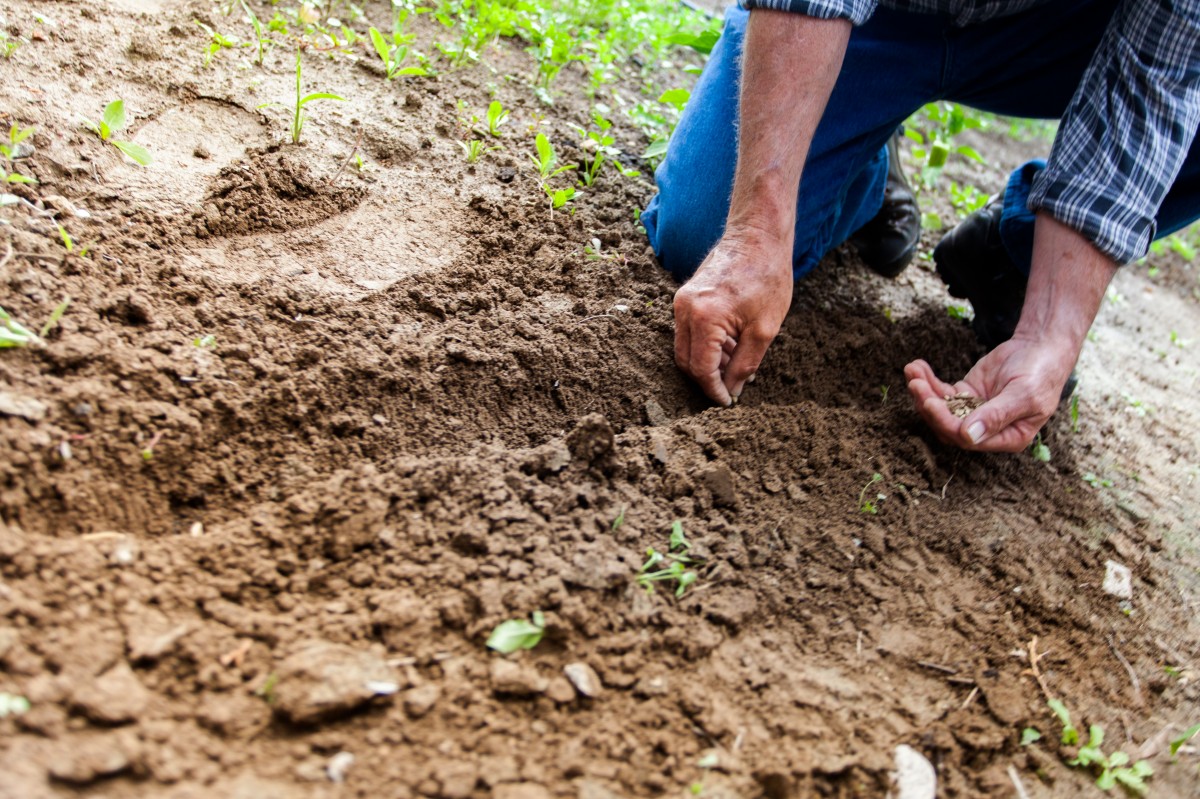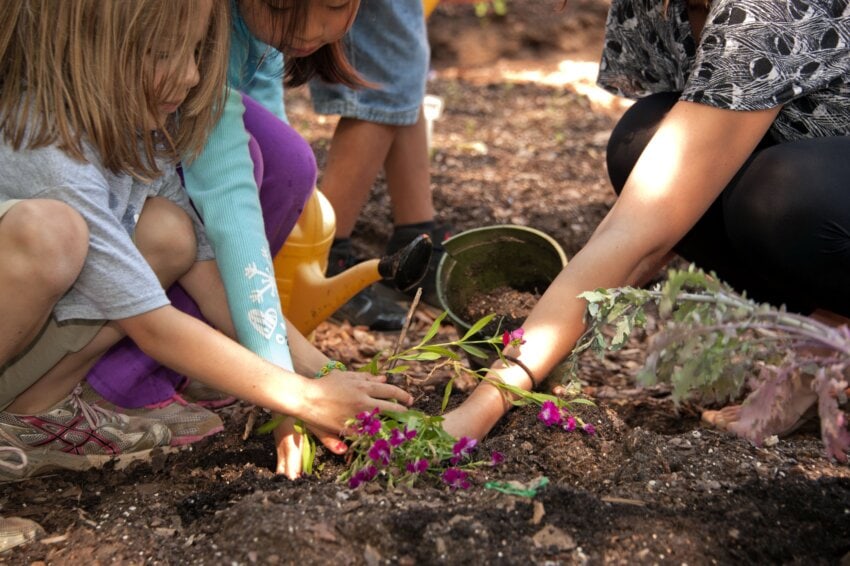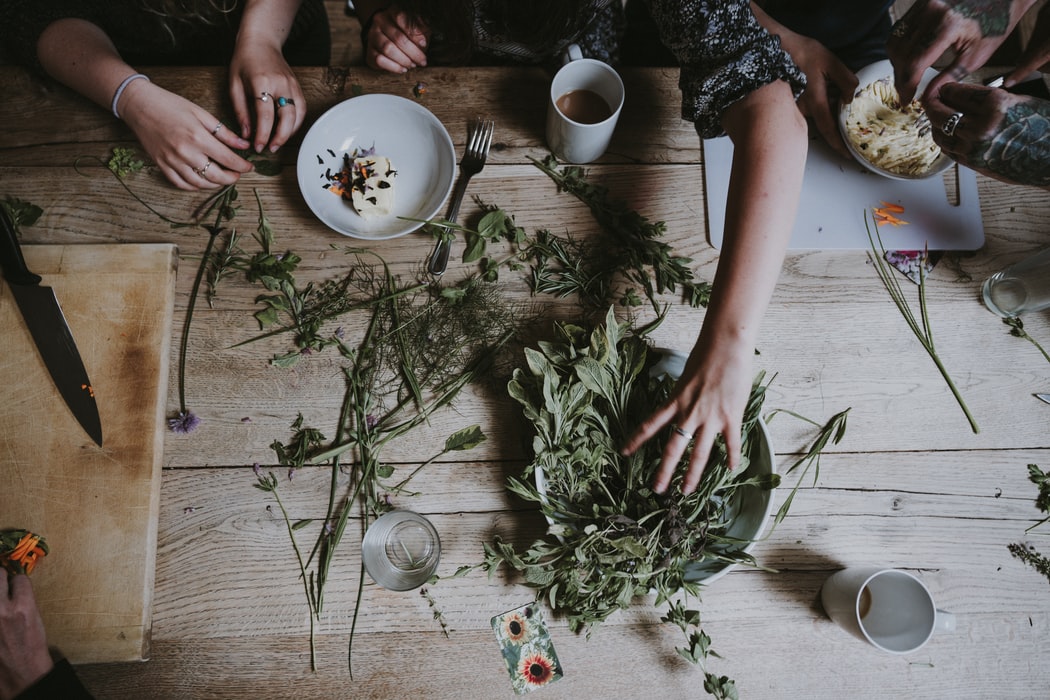4 Steps to Plant Outdoors
Contents
Sowing in the field or under cover?
Step 1: Prepare your soil
Step 2: Option 1: Sow in rows
Step 2: Option 2: Sow in patches
Step 2: Option 3: Broadcasting
Step 3: Maintain your seedlings
Step 4: Transplant the seedlings
Sow in the field or under cover? In lines or bunches? The correct sowing is the first guarantee of a successful crop, and this cannot be improvised.
Here are the different methods, according to plants you can easily sow outdoors.
Sowing in place or under cover?
In place
Sowing in place means sowing outside without protection. This technique is to be used only for hardy plants which have fast growth and which resist well to the cold.
The advantage is that the plant grows directly in the chosen place; it is unnecessary to plan a transplant.
We find the vegetables to sow in place: beet, carrot, chervil, chicory, endive, spinach, bean, autumn lettuce, lamb’s lettuce, turnip, onion, sorrel, parsley, dandelion, peas, radish, salsify, thyme…
The flowers to be sown are bloodroot, fragrant alyssum, daylily, nasturtium, annual knapweed and chrysanthemum, poppy, cosmos, godétia, immortelle, flax, malope, nemophila, annual larkspur, sweet pea, purslane, marigold, sunflower…
Under cover
Sowing under cover, i.e. in a nursery, is a technique adapted to all slow-growing plants or those that are not entirely hardy (fear the cold).
This technique requires transplanting afterwards. However, it offers flexibility; the transplanting can wait since the plants are protected.
Among the vegetables to be sown under cover are celery, curly endive, broccoli, Brussels sprouts, cauliflower, cabbage, kohlrabi, fennel, spring and summer lettuce, leek, romaine…
Under cover, you can sow these flowers: yarrow, amaranth, columbine, chamomile, celosia, datura, foxglove, wallflower, gypsophila, impatiens, julienne, Kochia, forget-me-not, carnation, daisy, poppy, pansy, hollyhock, sage, ornamental tobacco, violet…
1. Prepare your soil
Sowing outdoors is done between March and early September. Soil preparation is essential for successful sowing.
Start by tilling your soil with a fork or a rototiller, depending on the ground size.
Remove roots, stones and weeds (remove the roots well).
Fertilize your soil during this operation.
Scratch the soil with a garden hook to remove the last stones and loosen the soil.
Crumble the clumps of soil with a trowel.
Finish by raking the soil to even it out.
For ease of use, opt for a square vegetable garden, which is quick and easy to install!
2. Option 1: Sow in rows

Sowing in rows is suitable for vegetable varieties.
Stretch a line along the entire length of the plot or of the bed in the case of a square vegetable garden.
Following the line and with the tip of the trowel, draw furrows whose depth will be adapted to the seed sown (between 0.5 and 3 cm).
The spacing between furrows is also variable (between 10 and 50 cm, according to the plants).
Homogeneously place the seeds at the bottom of the furrow with the help of a seeder.
Cover the furrow lightly with a rake (you can cover it with unique sowing soil or soil mixed with sand).
Pack lightly with the back of the rake.
Water lightly with a spray bottle or garden sprayer (depending on the size of your planting).
2. Option 2: Sow in clumps
Potting differs from row planting in the way the seeds are placed in the ground. This technique is mainly used for large seeds (squash, melons, pumpkins, beans, nasturtiums…), which are placed in the furrow in a small pile.
Stretch a line and draw a furrow following this guide.
Place small piles of 3 to 5 seeds spaced about the plant’s width when it is fully grown.
Cover the furrow with soil using the rake.
Pack lightly with the back of the rake.
Water copiously with a watering can.
When shoots appear, keep the strongest ones.
Good to know: another technique for sowing in clumps is to make holes along the furrow and plant 3 to 5 seeds in these holes before covering them.
2. Option 3: Broadcast seeding
Broadcast sowing is best suited for floral varieties, grass, lamb’s lettuce, and parsley.
Mix fine sand with your seeds, which will promote an even distribution of the seeds.
Rake the soil lightly.
Depending on the surface to be sown, sow :
with your fingertips ;
with a spreader ;
with large forward movements (the famous sower’s gesture).
Pack the soil if the seeds are fine.
Water moderately.
Remove weeds as they appear.
3. Maintain your seedlings
Water regularly to keep the soil moist. However, be careful not to soak the soil.
When the first 3-4 leaves appear, thin out your plantation by eliminating stunted or poorly placed seedlings.
4. Transplant the seedlings
You must transplant the seedlings if you have opted for sheltered planting. To do this, there are two techniques:
Transplant in the ground.
Transplant in a terrine.
In all cases, act gently so as not to damage the still fragile seedlings.



